David Hockney’s latest painterly passion, the results of which are currently on display at the Pace Gallery in New York City, consists of an elaboration of his ongoing fascination with reverse perspective, this time by way of notched hexagonal canvases, such as the one above. As I discussed in my catalogue essay for the show, this current round in his interest was in part spurred by his encounters with the thinking of an early-twentieth-century Russian Orthodox monk, but for my own part, I couldn’t help but be reminded of the work of Trevor and Ryan Oakes, young identical twin artists whose ideas I’ve been following for several years (as has David, after I introduced them to him).
Unlike the sorts of identical twins who develop secret languages from infancy, Trevor and Ryan (born in 1982), out of West Virginia and before that Colorado, had been carrying on a conversation, virtually since toddlerhood, on the nature of bifocal vision—what it is like, that is, to see with two eyes. (Around age ten, their parents once told me, they could be found sitting on stumps out in the woods, twenty feet apart, trying to work out what the depth perception might be of a dragon with eyes that far apart.) Notwithstanding their tender years, they’d been thinking about this stuff a long time—almost as far back as David when he started making his Polaroid collages. And as it happens, it’s further ideas about depth perception which they developed when studying together at Cooper Union back in the mid aughts, on their way to developing a system for making camera obscura exact drawings deploying no other equipment than their own two eyes (a facility that obviously came to fascinate Hockney), that seem the most pertinent to Hockney’s current concerns.
For at one point they began noticing the way that our noses are continually present in our fields of vision, though not (as one might expect) in the center of that field, but rather to the two sides. Try a few experiments and see for yourself. Extend your right arm at shoulder height straight out to your side with the thumb of your right hand pointing upward; now, with your head facing forward (perpendicular to your arm) and your right eye closed, with your left eye gaze past your nose to the right as you slowly slide your extended right arm forward until you can make out the thumb emerging from beyond the interference posed by your nose. That point will likely be well further along than you were expecting. Try the same thing with your right eye and your left arm. The point is that it is only in the relatively narrow area between the two emerging thumbs that you can be said to have actual bifocal stereoscopic depth perception. The Twins actually drew out the results of the experiment, plotting all the points higher and lower where the their thumbs emerged.
Note how even though one’s overall field of vision is much wider (and perfectly stitched and modulated laterally from one side to the next), one’s nose (to both sides) and eyebrows above frame a shieldlike area which is the only field where Ryan, in this instance, can be said to experience the world with real depth perception. (The Twins would presently surmise that this is indeed why shields came to be shaped like shields—only partially, that is, because swordsmen needed to protect their cores, but more so because that specific shape over time proved the most economic, and lightest, one that also assured that one’s own offensive lunges would occur outside the field of one’s opponent’s depth perception. Around the same time, Oliver Sacks, apprised of this effect, noted that there was a considerable literature to the effect that lepers who have lost their noses have heightened depth perception, and that furthermore, that may explain why one sees so many flat-nosed boxers—not because their noses have gotten bashed in across their careers but rather because in the same way that abnormal height privileges basketball players, flat noses and hence wider fields of depth perception probably privilege people who make their living at fist-to-fist combat.)
The point here though is that one is always aware of one’s nose to either side, even if only subliminally, as a kind of unconscious barometric pressure, because the brain is constantly occluding the nose to each side and filling in the scene with information it is getting from the other eye. You don’t believe it? Okay, try this: Close your right eye and with your left look to your far right: there’s your nose, correct? Now do the opposite: same thing. Now, though, with both eyes open, look to your left and right and you won’t see any nose, even though you know your eyes are seeing it (your brain is seamlessly stitching the full view together out of information coming from both eyes, even though it’s only the central shield-like area that is actually experiencing depth perception).
And the fascinating thing here is that, as the years passed, the Twins began noticing curious sorts of trianglelike shapes emerging to either side (but especially on the side of the dominant eye) in the lower left and/or right quadrants of the canvases of painters all across history. With Rembrandt, for instance, or Cezanne:
Or Morris Louis, and Roy Lichtenstein:
Or perhaps, most fascinatingly, with Matisse, in whose famous Goldfish painting, one makes out not only the specific shape of his slightly bulbous nose but also the shape of his distinctive round glasses (and even the shape of the eye itself, projected onto the cylindrical aquarium’s aqueous bottom):
For that matter, Hockney himself was displaying such tendencies long before he met the Twins or began any of these notched experiments.
To be clear, the Twins are not arguing that these effects result from conscious choices on the parts of the artists in question—merely that artists who are by definition surveyors of the visual field might be more sensitive to the barometric pressures evinced by their (otherwise unnoticed) noses, and that that sensitivity could be expected to register in their renderings of the world.
Similarly, I’ve begun to wonder lately whether one reason Hockney’s notched hexagons feel so somehow right, or at any rate seem to evoke the phenomenological feel of one’s actual depth of field, is because they are in fact mimicking the way we actually see, as revealed to us (and perhaps subliminally to Hockney himself through his conversations with them about the camera obscura method they in part generated from the insight) by the Oakes Twins.
For more on the Oakes twins, see Lawrence Weschler’s piece in the Virginia Quarterly Review and his collection, Uncanny Valley: Adventures in the Narrative.
Lawrence Weschler, late of The New Yorker and director emeritus of the New York Institute for the Humanities at NYU, is the author of more than twenty books on myriad subjects. He is currently completing work on a biographical memoir of the years, during the early eighties, when he was serving as a beanpole Sancho to Oliver Sacks’s capacious Quixote, due out in 2019.
Excerpted and adapted with permission from David Hockney: Something New in Painting (and Photography) [and even Printing]; introduction by Lawrence Weschler, Pace Gallery, 2018.
from The Paris Review https://ift.tt/2Ia9HKv
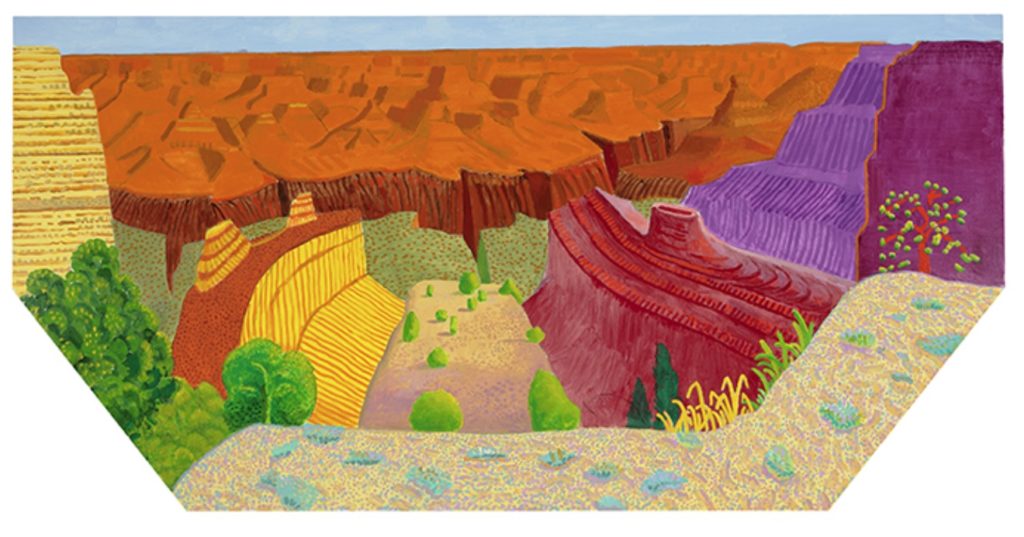
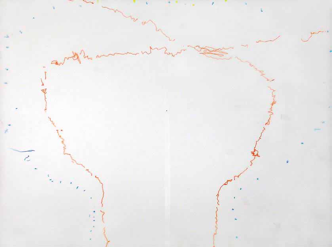
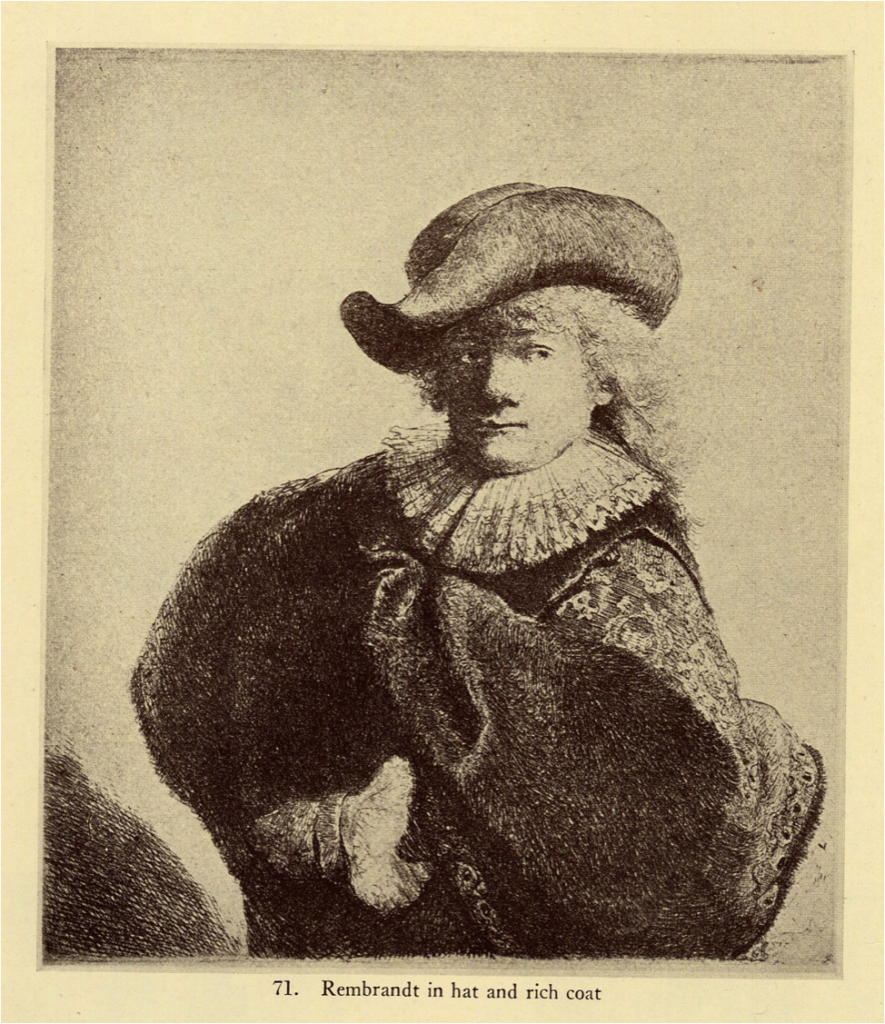
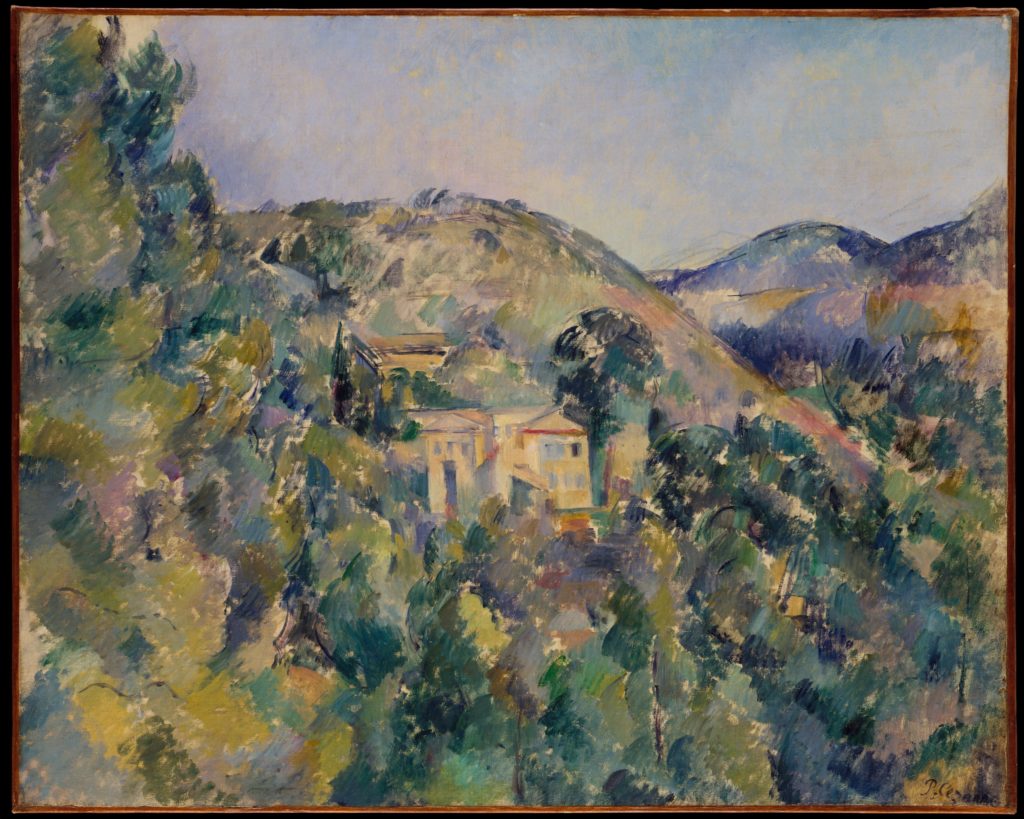
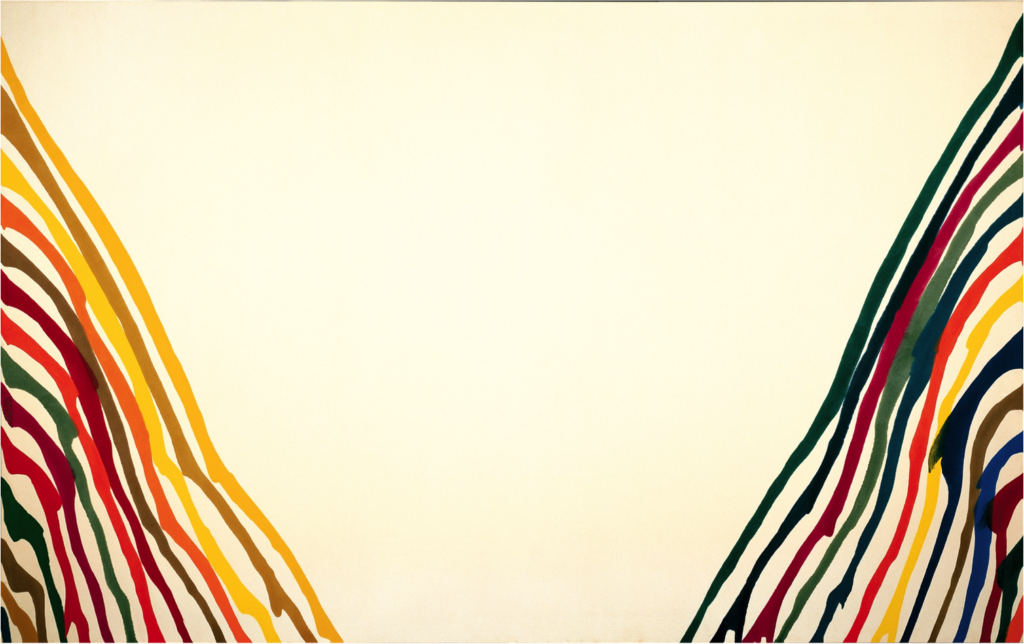
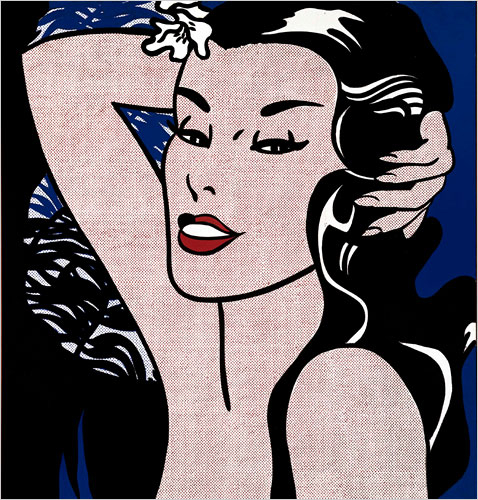
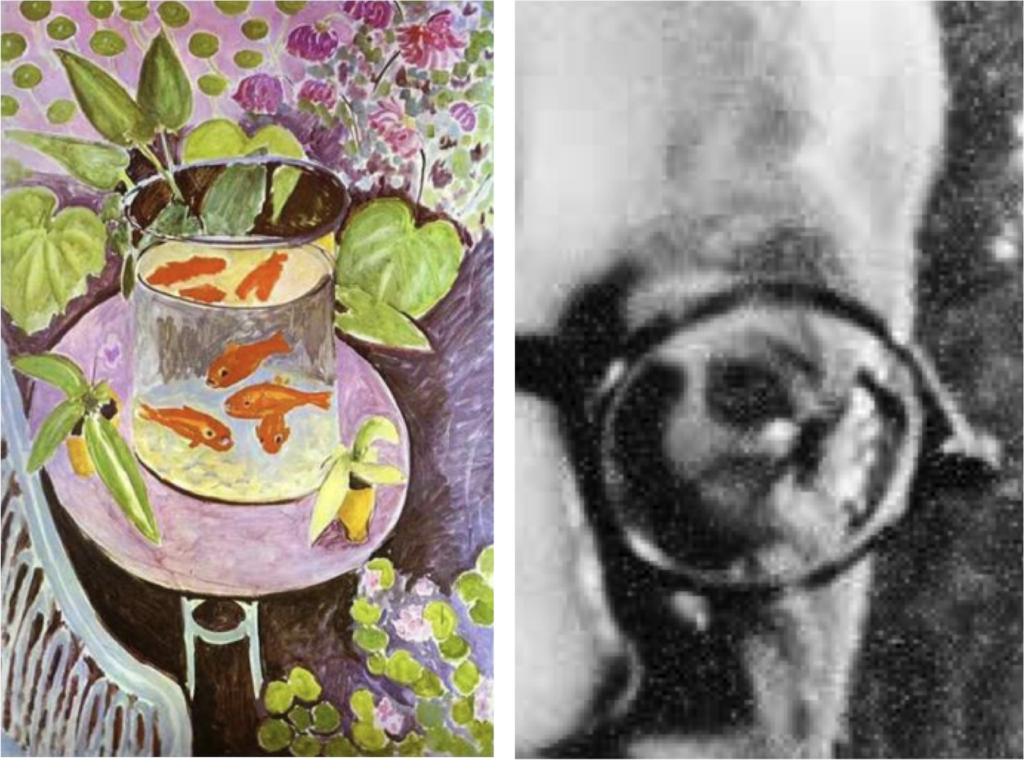
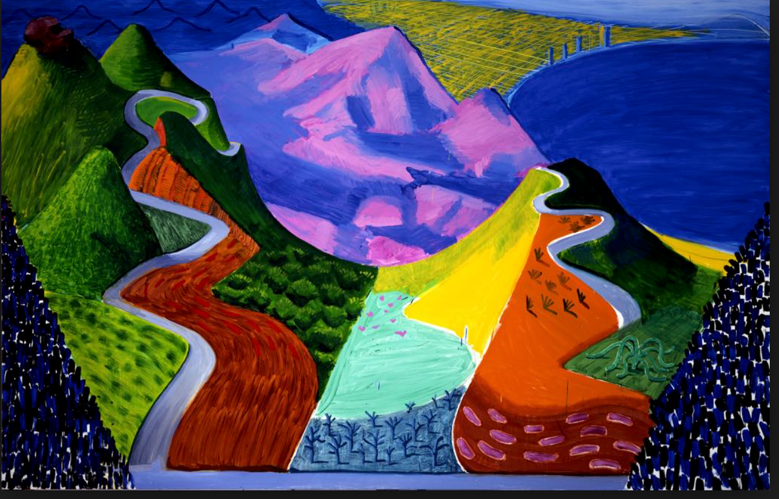
Comments
Post a Comment